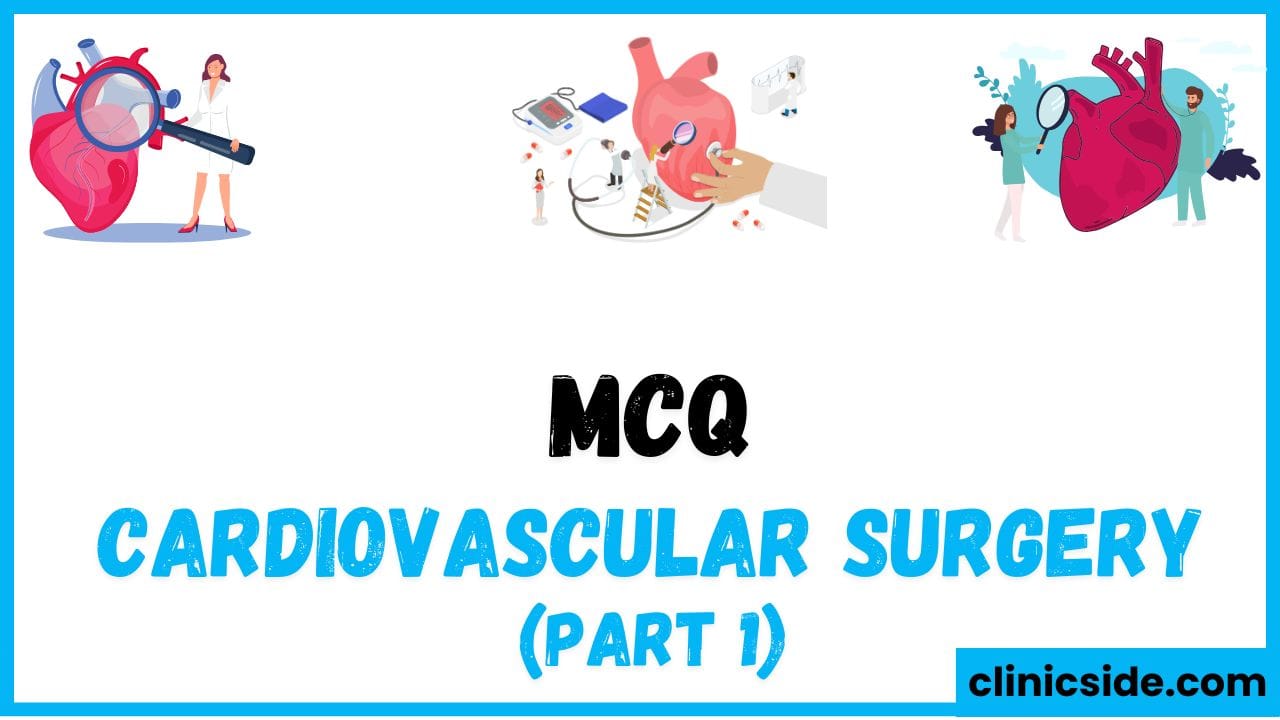Quiz
Available options: 1 to 20
Overview of Cardiovascular Procedures and Key Concepts
Innovative Cardiac Interventions
Minimally invasive techniques, such as transcatheter aortic valve replacement (TAVR), have revolutionized cardiac care. TAVR enables the replacement of a narrowed aortic valve without the need for open surgery, making it a safer option for high-risk patients. Similarly, valvuloplasty utilizes a catheter to treat narrowed heart valves, offering a less invasive approach to managing valve stenosis.
Managing Procedural Complications
Cardiac surgeries come with risks, such as stroke, which is particularly common during aortic dissection repair. Techniques like off-pump coronary artery bypass grafting (OPCAB) help reduce complications such as embolism by eliminating the use of a heart-lung machine. In aortic arch replacement, maintaining blood flow to the brain is a top priority to prevent neurological damage.
Heart Failure Solutions
Severe heart failure is managed using ventricular assist devices (VADs), which support the heart’s pumping ability. For patients with end-stage heart failure who have exhausted other options, heart transplantation remains the definitive treatment, offering a chance for significantly improved quality of life.
Advanced Surgical Practices
Cardiac surgeries employ specialized tools to ensure precision and safety. The Swan-Ganz catheter is instrumental in measuring pulmonary artery pressures during operations, while the radial artery is commonly chosen for arterial line placement, providing continuous blood pressure monitoring.
Valve and Vessel Repair Techniques
Mitral valve repair is the treatment of choice for patients with severe mitral valve regurgitation. In cases of vessel disease, vascular grafting replaces damaged vessels with synthetic alternatives. Thrombus formation is a leading cause of prosthetic valve failure, underscoring the importance of postoperative care to minimize risks.
Treatment for Congenital Heart Conditions
Congenital heart defects, such as hypoplastic left heart syndrome, are treated with complex surgical procedures like the Fontan operation. For conditions like patent ductus arteriosus (PDA), ligation is a straightforward surgical method to close the abnormal connection.
Diagnostic Tools for Precision Medicine
Accurate imaging is pivotal in cardiovascular care. CT angiography is indispensable for evaluating aortic valve structure before performing TAVR and is also the most reliable method for diagnosing aortic dissection. These imaging technologies guide clinicians in planning effective treatment.
Coronary Artery Bypass Strategies
Coronary artery bypass grafting (CABG) remains a mainstay procedure for managing severe coronary artery disease. The internal mammary artery is preferred for its long-term durability in grafting, and off-pump CABG reduces risks associated with traditional bypass surgery by avoiding reliance on cardiopulmonary bypass.
Arterial Plaque Removal
Endarterectomy is a critical procedure to clear plaque buildup from arterial walls, restoring proper blood flow and reducing the risk of ischemic events. It is particularly useful in patients with significant arterial blockages affecting circulation.
Emergency Interventions
Timely response to life-threatening conditions, such as cardiac tamponade, is essential. Pericardiocentesis, a procedure to drain fluid around the heart, can rapidly relieve pressure and stabilize the patient. Quick interventions often make the difference between recovery and severe complications.
Conclusion
This summary provides insights into the diverse procedures and interventions used in cardiology, from minimally invasive options to emergency life-saving techniques. Advanced diagnostic tools, innovative surgical methods, and effective postoperative care play crucial roles in improving outcomes for patients with complex cardiovascular conditions.





